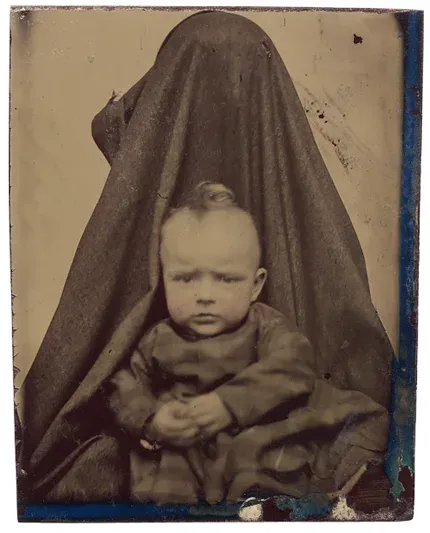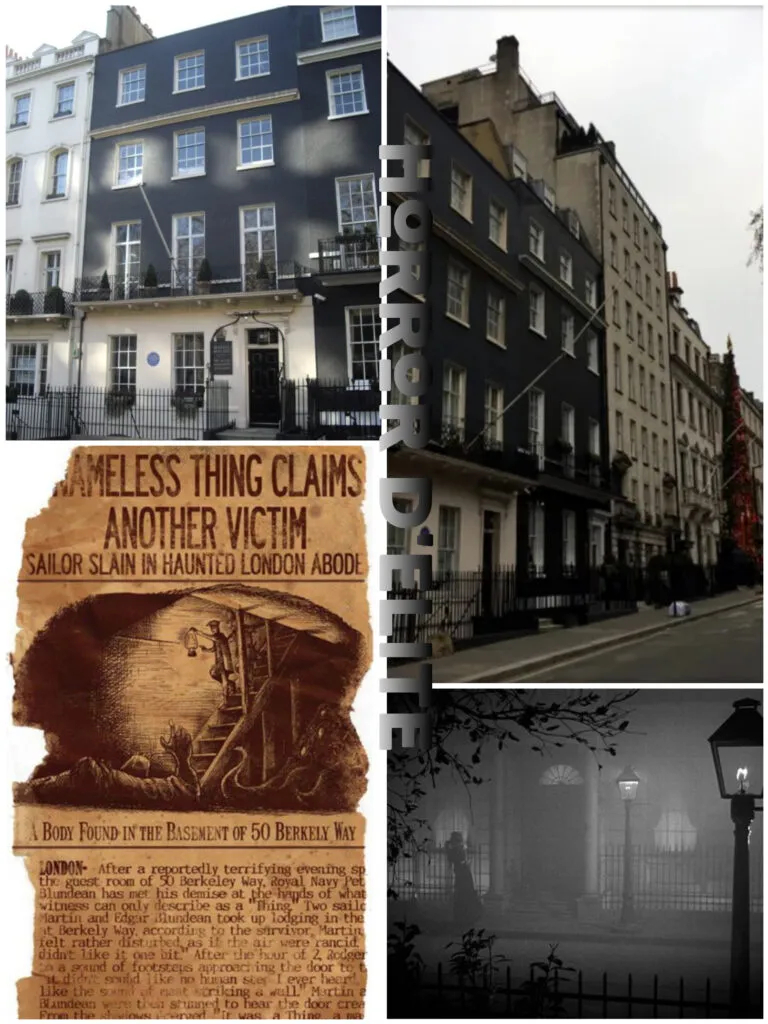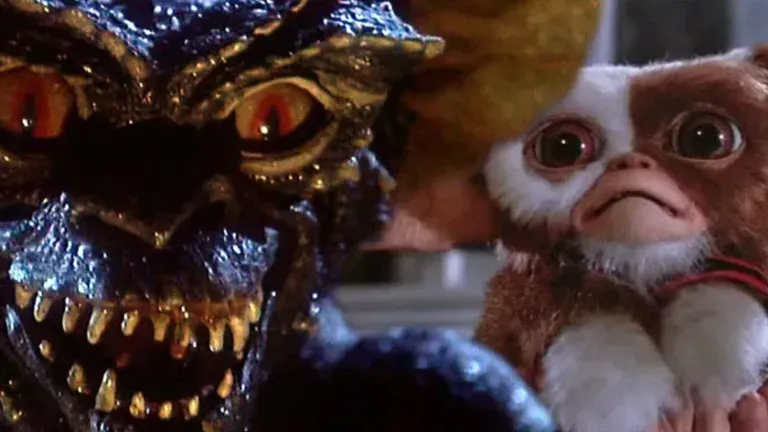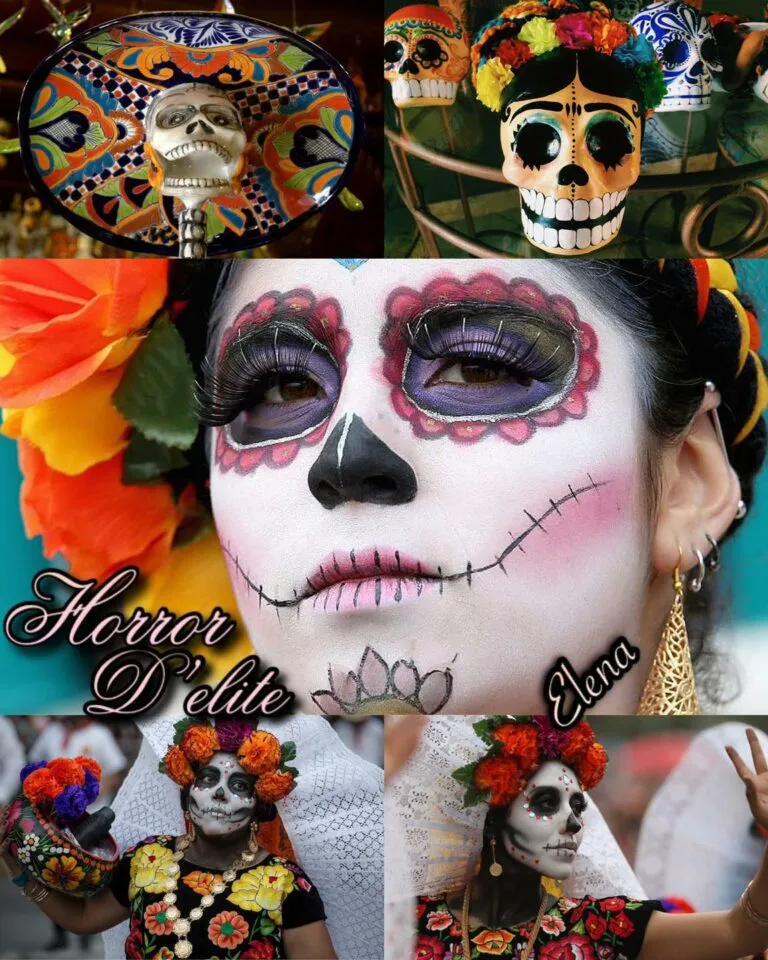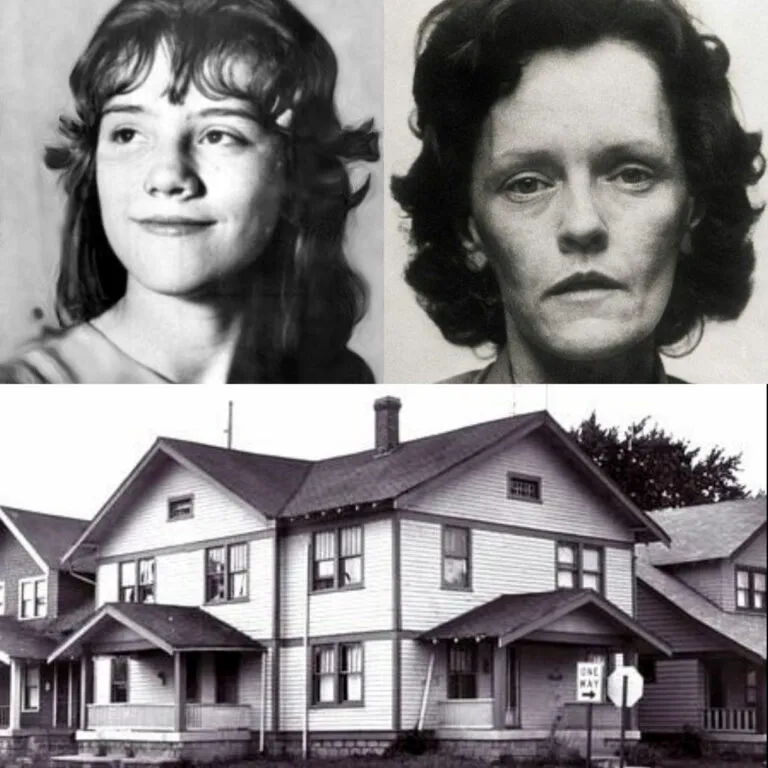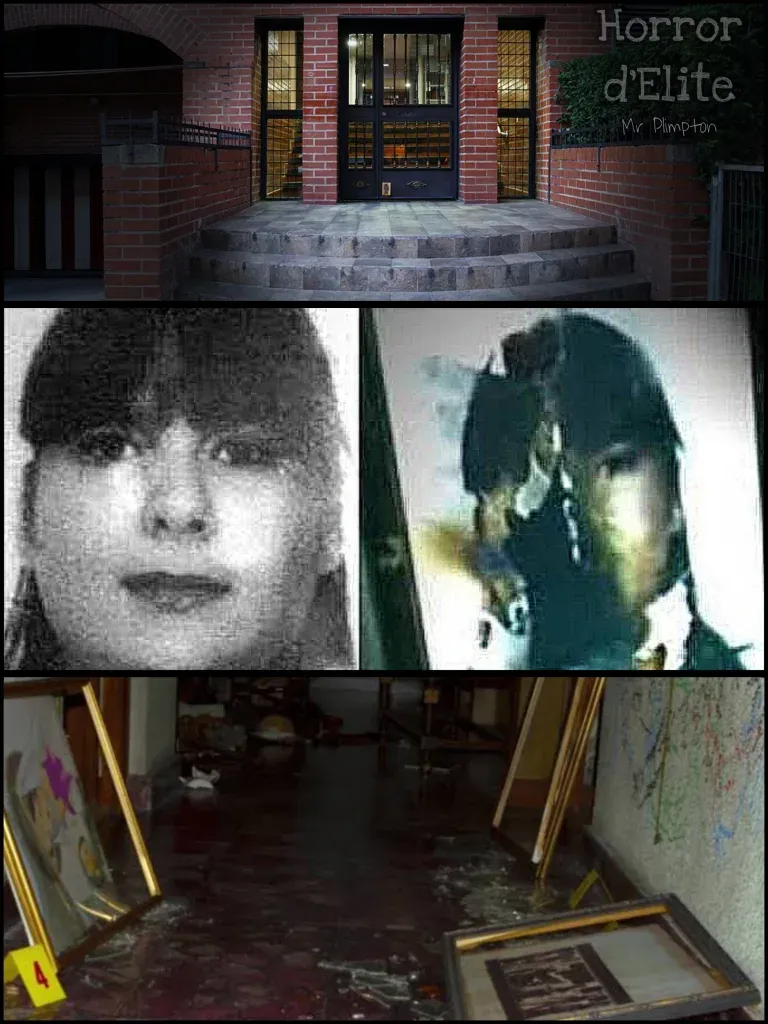Hidden Mothers
Hidden Mothers: A Photographic Technique from the Past
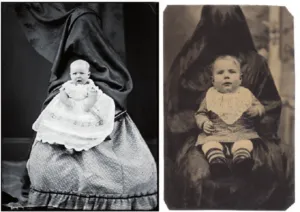 Photography is an art that has undergone many transformations over the centuries, evolving alongside technological advancements and artistic sensibilities. Among the lesser-known but fascinating photographic techniques of the 19th century is that of the “hidden mothers.” This practice, steeped in a curious combination of technical necessity and social customs, offers a unique glimpse into daily life and the challenges of photography during that era.
Photography is an art that has undergone many transformations over the centuries, evolving alongside technological advancements and artistic sensibilities. Among the lesser-known but fascinating photographic techniques of the 19th century is that of the “hidden mothers.” This practice, steeped in a curious combination of technical necessity and social customs, offers a unique glimpse into daily life and the challenges of photography during that era.
Origins and Historical Context
“Hidden mothers” were a technique used by 19th-century photographers to facilitate the taking of portraits of young children. In an era when long exposures were necessary to capture a clear image, keeping notoriously fidgety children still was a real challenge. The ingenious solution involved covering or hiding the children’s mothers while keeping them close enough to calm and steady their children during the shot.
The Technique
 The hidden mothers technique involved concealing mothers behind drapes, curtains, or even furniture, or dressing them in fabrics that blended with the background of the photographic studio. In some cases, the mothers were completely covered by dark blankets or cloths. The goal was to allow the mother to hold the child without appearing in the photograph, thus providing the necessary stability for a successful exposure.
The hidden mothers technique involved concealing mothers behind drapes, curtains, or even furniture, or dressing them in fabrics that blended with the background of the photographic studio. In some cases, the mothers were completely covered by dark blankets or cloths. The goal was to allow the mother to hold the child without appearing in the photograph, thus providing the necessary stability for a successful exposure.
Motivations and Cultural Significance
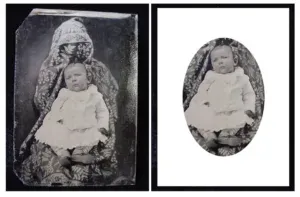 Besides the technical considerations, there were cultural reasons behind this practice. In the Victorian era, portraits of children were highly valued, but gender roles and social conventions strongly influenced visual representation. Often, the focus was preferred to be entirely on the child, the main subject of the portrait, while the mother’s presence was to remain discreet or invisible.
Besides the technical considerations, there were cultural reasons behind this practice. In the Victorian era, portraits of children were highly valued, but gender roles and social conventions strongly influenced visual representation. Often, the focus was preferred to be entirely on the child, the main subject of the portrait, while the mother’s presence was to remain discreet or invisible.
Examples and Impact
Photographs with hidden mothers today offer an intriguing perspective on the history of photography and 19th-century society. Some of the most emblematic examples show young children seemingly alone, with backgrounds oddly altered or fabric elements betraying the presence of a hidden figure. These images are now considered fascinating not only for their technical peculiarities but also for their documentary and artistic value.
Modern Rediscovery
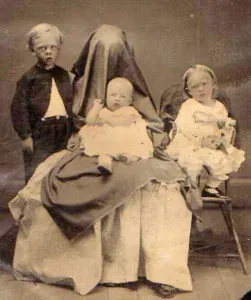 In recent years, there has been a renewed interest in this photographic technique. Museum exhibitions and private collectors have rediscovered and valued these images, acknowledging the ingenuity of the photographers of the time and the dedication of the mothers who participated in these photographic sessions. The hidden mothers’ photographs remind us of the technical challenges overcome by early photographers and offer a window into past lives and social practices.
In recent years, there has been a renewed interest in this photographic technique. Museum exhibitions and private collectors have rediscovered and valued these images, acknowledging the ingenuity of the photographers of the time and the dedication of the mothers who participated in these photographic sessions. The hidden mothers’ photographs remind us of the technical challenges overcome by early photographers and offer a window into past lives and social practices.
Conclusion
The hidden mothers technique is a perfect example of how photographic art adapted and evolved in response to specific circumstances. These seemingly simple images carry stories of ingenuity and care, representing a valuable chapter in the history of photography. Today, we view these photographs with renewed understanding and appreciation, celebrating past innovations and the human stories they encapsulate.

